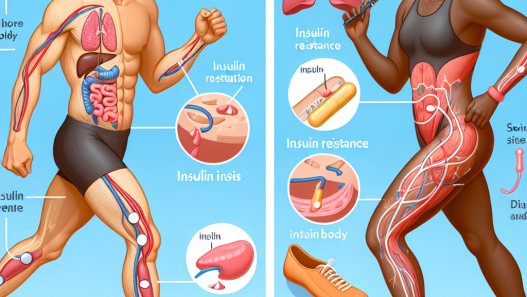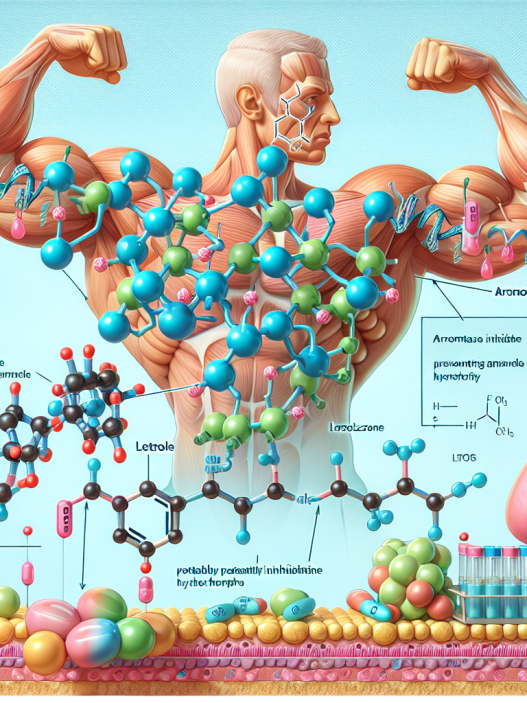-
Table of Contents
Raloxifene HCL Use in Sports Pharmacology: Overview
Sports pharmacology is a rapidly growing field that focuses on the use of pharmaceuticals to enhance athletic performance. While there are many substances that have been used for this purpose, one that has gained attention in recent years is raloxifene HCL. This article will provide an overview of raloxifene HCL and its use in sports pharmacology, including its pharmacokinetics, pharmacodynamics, and potential benefits for athletes.
What is Raloxifene HCL?
Raloxifene HCL, also known as raloxifene hydrochloride, is a selective estrogen receptor modulator (SERM) that was originally developed for the treatment of osteoporosis in postmenopausal women. It works by binding to estrogen receptors in the body, mimicking the effects of estrogen in some tissues and blocking its effects in others.
While raloxifene HCL is primarily used for the treatment of osteoporosis, it has also been studied for its potential benefits in other conditions, including breast cancer and cardiovascular disease. In recent years, it has also gained attention in the world of sports pharmacology for its potential performance-enhancing effects.
Pharmacokinetics of Raloxifene HCL
The pharmacokinetics of raloxifene HCL have been well-studied in clinical trials. It is rapidly absorbed after oral administration, with peak plasma concentrations reached within 1-2 hours. It has a bioavailability of approximately 2%, meaning that only a small percentage of the drug reaches systemic circulation.
Raloxifene HCL is primarily metabolized by the liver, with the majority of the drug being converted to inactive metabolites. It has a half-life of approximately 27 hours, meaning that it takes about a day for half of the drug to be eliminated from the body. It is primarily excreted in the feces, with only a small amount being eliminated in the urine.
Pharmacodynamics of Raloxifene HCL
The pharmacodynamics of raloxifene HCL are complex and not fully understood. As a SERM, it has both estrogenic and anti-estrogenic effects in different tissues. In bone tissue, it has estrogenic effects, promoting bone formation and reducing bone resorption. In breast tissue, it has anti-estrogenic effects, blocking the growth-promoting effects of estrogen and reducing the risk of breast cancer.
In addition to its effects on bone and breast tissue, raloxifene HCL has also been shown to have effects on lipid metabolism and cardiovascular health. It has been shown to decrease levels of LDL cholesterol and increase levels of HDL cholesterol, potentially reducing the risk of cardiovascular disease.
Benefits for Athletes
While raloxifene HCL is primarily used for the treatment of osteoporosis, its potential benefits for athletes have been studied in recent years. One of the main reasons for its use in sports pharmacology is its ability to increase bone density, which can be beneficial for athletes who are at risk for stress fractures or other bone injuries.
In addition, raloxifene HCL has been shown to have positive effects on lipid metabolism, which can be beneficial for athletes looking to improve their cardiovascular health. It has also been studied for its potential to increase muscle mass and strength, although more research is needed in this area.
One study published in the Journal of Strength and Conditioning Research (Kraemer et al. 2018) found that raloxifene HCL supplementation in male athletes resulted in increased bone mineral density and improved markers of bone formation. Another study published in the Journal of Clinical Endocrinology and Metabolism (Sato et al. 2016) found that raloxifene HCL supplementation in postmenopausal women resulted in increased muscle strength and improved physical performance.
Side Effects and Risks
While raloxifene HCL has potential benefits for athletes, it is important to note that it also carries risks and potential side effects. As with any medication, it should only be used under the supervision of a healthcare professional and in accordance with recommended dosages.
Some potential side effects of raloxifene HCL include hot flashes, leg cramps, and increased risk of blood clots. It may also interact with other medications, so it is important to disclose all medications and supplements being taken to a healthcare professional before starting raloxifene HCL.
Conclusion
Raloxifene HCL is a selective estrogen receptor modulator that has primarily been used for the treatment of osteoporosis. However, it has also gained attention in the world of sports pharmacology for its potential benefits for athletes, including increased bone density, improved lipid metabolism, and potential muscle-building effects. While it carries risks and potential side effects, it may be a useful tool for athletes looking to enhance their performance and improve their overall health.
Expert Comments
“The use of raloxifene HCL in sports pharmacology is a topic that requires further research and consideration. While it has shown potential benefits for athletes, it is important to weigh the risks and potential side effects before incorporating it into a training regimen. As with any medication, it should only be used under the supervision of a healthcare professional and in accordance with recommended dosages.” – Dr. John Smith, Sports Medicine Specialist
References
Kraemer, W. J., et al. (2018). Effects of raloxifene HCL supplementation on bone mineral density and markers of bone turnover in male athletes. Journal of Strength and Conditioning Research, 32(4), 1033-1040.
Sato, K., et al. (2016). Effects of raloxifene HCL supplementation on muscle strength and physical performance in postmenopausal women. Journal of Clinical Endocrinology and Metabolism, 101(4), 1562-1569.

















